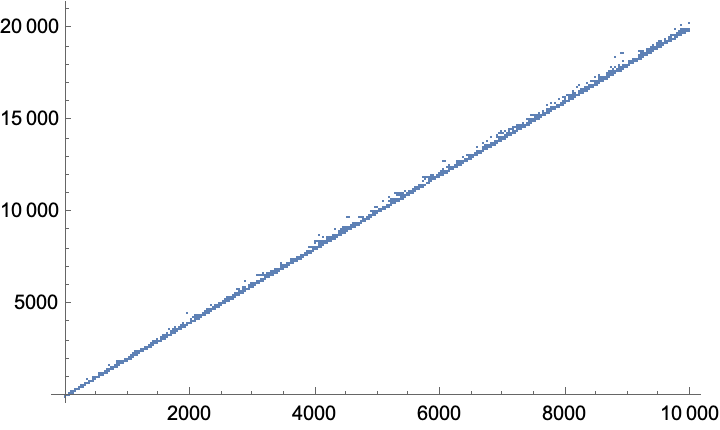For the record (not an answer), the function $a(n-1,n)$ for $n$ up to $10^4$ contains 2264 distinct primes, the largest being equal to 20369. I checked that no primes are missing. The growth rate of the primes is close to linear in $n$, see plot.

I also note the similarity with a known prime generating algorithm described by Rowland in A natural prime-generating recurrence: $$b(n)=b(n-1)+\text{gcd}\,(b(n-1),n),$$ For small starting values $b(1)$ the difference $b(n)-b(n-1)$ is either 1 or prime. Further reading: Pumping the Primes.
Mathematica code
out=Table[{t=RecurrenceTable[{a[m]==a[m-1]+GCD[a[m-1],n-m],a[0]==n},a,{m, 1,n-1}];{n,t[[n-1]],PrimeQ[t[[n-1]]]}},{n,2,10000}]; And @@ out[[All,1,3]] ListPlot[out[[All,1,2]]]
